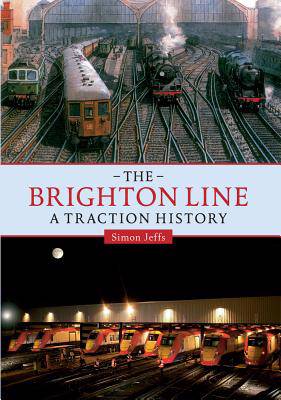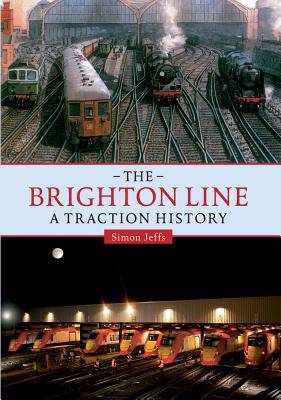
- Afhalen na 1 uur in een winkel met voorraad
- Gratis thuislevering in België vanaf € 30
- Ruim aanbod met 7 miljoen producten
- Afhalen na 1 uur in een winkel met voorraad
- Gratis thuislevering in België vanaf € 30
- Ruim aanbod met 7 miljoen producten
Zoeken
Omschrijving
The London to Brighton Line was built to serve the leisure market rather than industry. It initially carried nineteenth-century pleasure-seekers from the capital to fashionable Brighton, and subsequent services such as the Brighton Belle, the Sunny South Express and the Gatwick Express continued in that tradition. However, it also became a commuter line with fast services that made it possible to work in the City but live in the expanding suburbs to the south of London, or, later, in Surrey or Sussex. As well as steam locomotives, atmospheric traction was used on the Brighton Line, and, from 1909, electrification, which had reached Brighton by 1 January 1933 as well as the diesel locomotives still in use today. In this book, Simon Jeffs looks at the various forms of traction used on the Brighton Line, which give it a special identity even to this day.
Specificaties
Betrokkenen
- Auteur(s):
- Uitgeverij:
Inhoud
- Aantal bladzijden:
- 96
- Taal:
- Engels
Eigenschappen
- Productcode (EAN):
- 9781445619422
- Verschijningsdatum:
- 15/11/2013
- Uitvoering:
- Paperback
- Formaat:
- Trade paperback (VS)
- Afmetingen:
- 165 mm x 234 mm
- Gewicht:
- 304 g

Alleen bij Standaard Boekhandel
+ 44 punten op je klantenkaart van Standaard Boekhandel
Beoordelingen
We publiceren alleen reviews die voldoen aan de voorwaarden voor reviews. Bekijk onze voorwaarden voor reviews.











